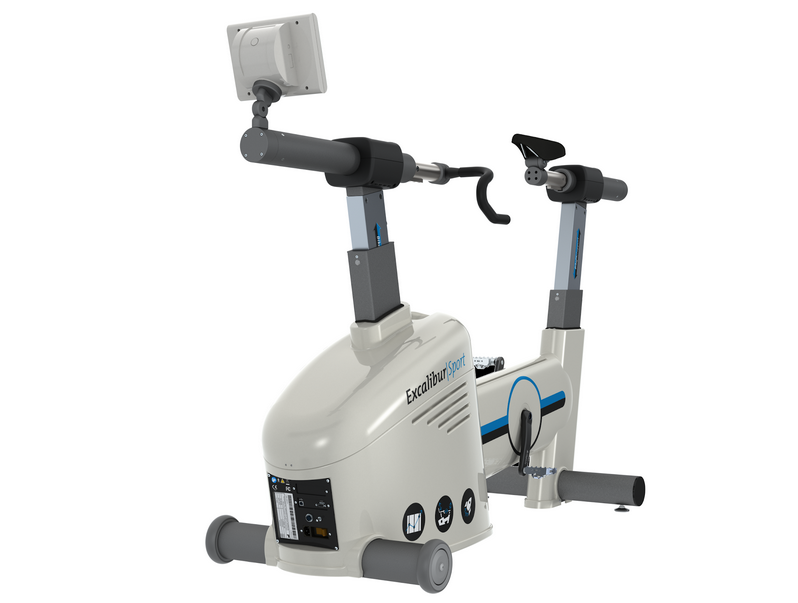
Lode ergometers are known for their high accuracy and robust design, which is why many different organisations such as research institutes, universities and institutes of sport have chosen Lode as their ergometer of choice. With various types of ergometers and many additional options available it is easy to find the right combination for whatever your need may be, whether it is research, high performance sports medicine, rehabilitation or tertiary teaching.
Did you know that it is recommended that Lode ergometers are calibrated annually? Lode recommends that this annual calibration be completed to ensure that your ergometers maintain the highest levels of accuracy.
It’s important to remember that just because there does not appear to be any mechanical issues does not mean that your ergometer doesn’t need calibrating! We have calibrated ergometers in the past that had little to no mechanical issues but with levels of error outside what is recommended.
Another thing to keep in mind is that similar to a car, the frequency and type of use of your ergometer can affect its level of calibration. An ergometer used to test the power output of professional cyclists every day will most likely have a greater need for calibration than one used to treat cardiac rehabilitation patients once or twice a week. Though both are recommended for annual calibration you are likely to see greater wear on components in the high use and high power output ergometer. So it’s important to remember that the more use your ergometer gets, the more important the annual calibration becomes.
What is Involved in a Calibration?
What happens during a calibration? When you organise to have your calibration a Logemas technician will come out to your site with our calibration machine and the required tools. This being said, we ask that you have the toolkit provided with the ergometer, as some tools like the crank puller can differ in older generation ergometers. The actual calibration process involves attaching the calibrator to your ergometer and then measuring the indicated vs actual load that the ergometer produces across a range of different speeds (RPM). With the calibrator data, it is possible to determine if the ergometer is over or underestimating the applied load. The process from start to finish will take 2-3 hours per ergometer.
During calibration the ergometer brake will be set at a target load; the calibrator will then rotate at a target speed (RPM) and measure the actual load applied. If the ergometer is out of calibration the following will occur, the ergometer believes that it is applying 100 Watts but the calibrator is reading the actual applied braking power either slightly more or slightly less such as 97.8 Watts. In simple terms, the calibrator measures the Watts produced when the bike is braking and compares that to what the bike is supposed to be creating (100W vs 97.8W for example).
The Logemas technician then records this data with Lode’s calibration software – Lode Device Manager (LDM), and generates a report of how the bike performed across all of the different combinations of workload. From there our technician can assess this data and make changes to the ergometer’s internal settings to bring the expected and measured data to within acceptable levels of accuracy. Lastly, a verification is completed, this involves running through the conditions a final time to ensure that the calibration is successful.
After the calibration is complete you’ll be provided with a calibration certificate that shows the final condition values as well as the new values for the internal settings (PO, Offset & Gain) along with other relevant information.
Contact us!
If you think it’s been more than 12 months since your Lode ergometer was last calibrated, get in contact with us and we’ll organise a calibration trip!


